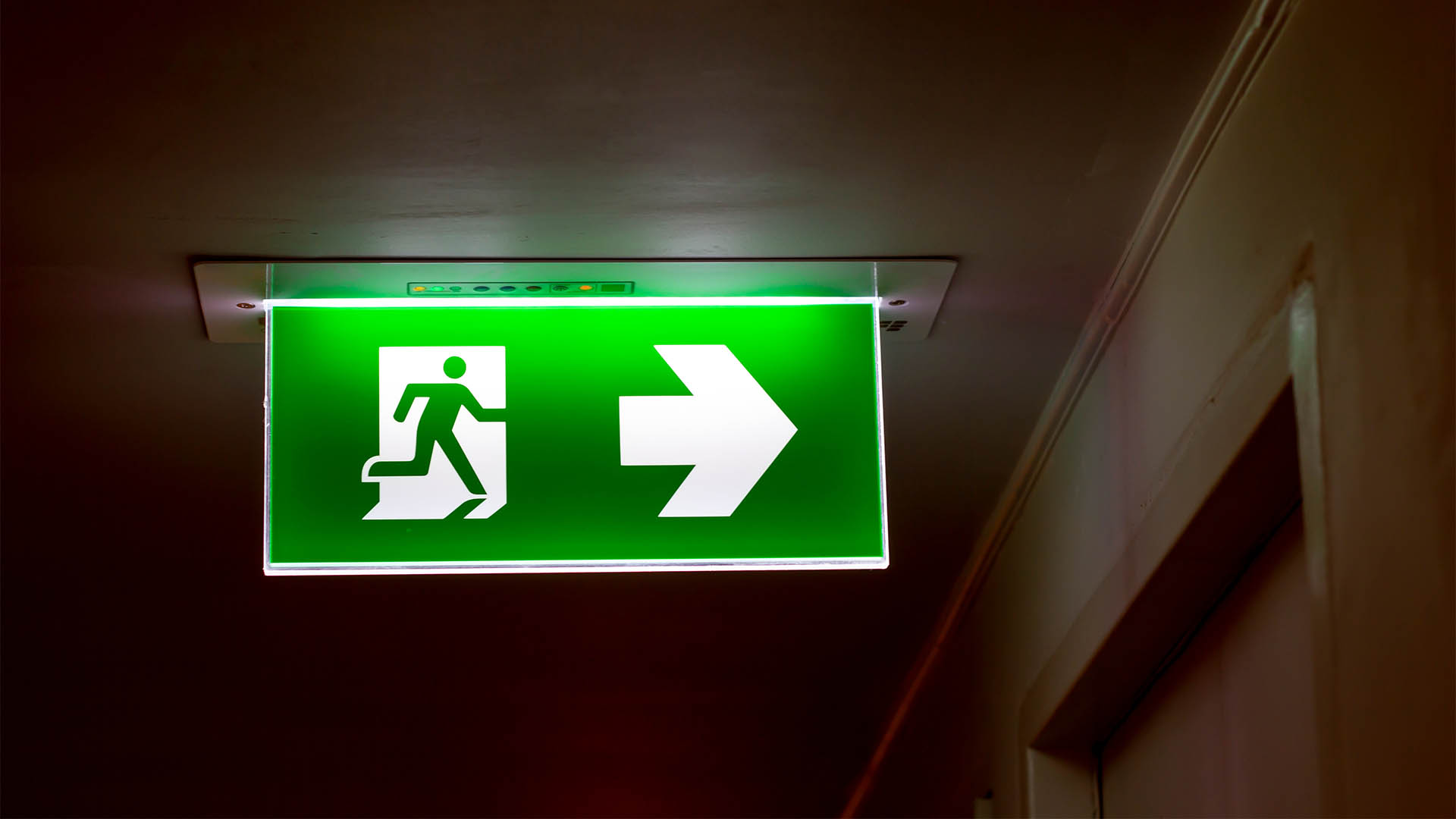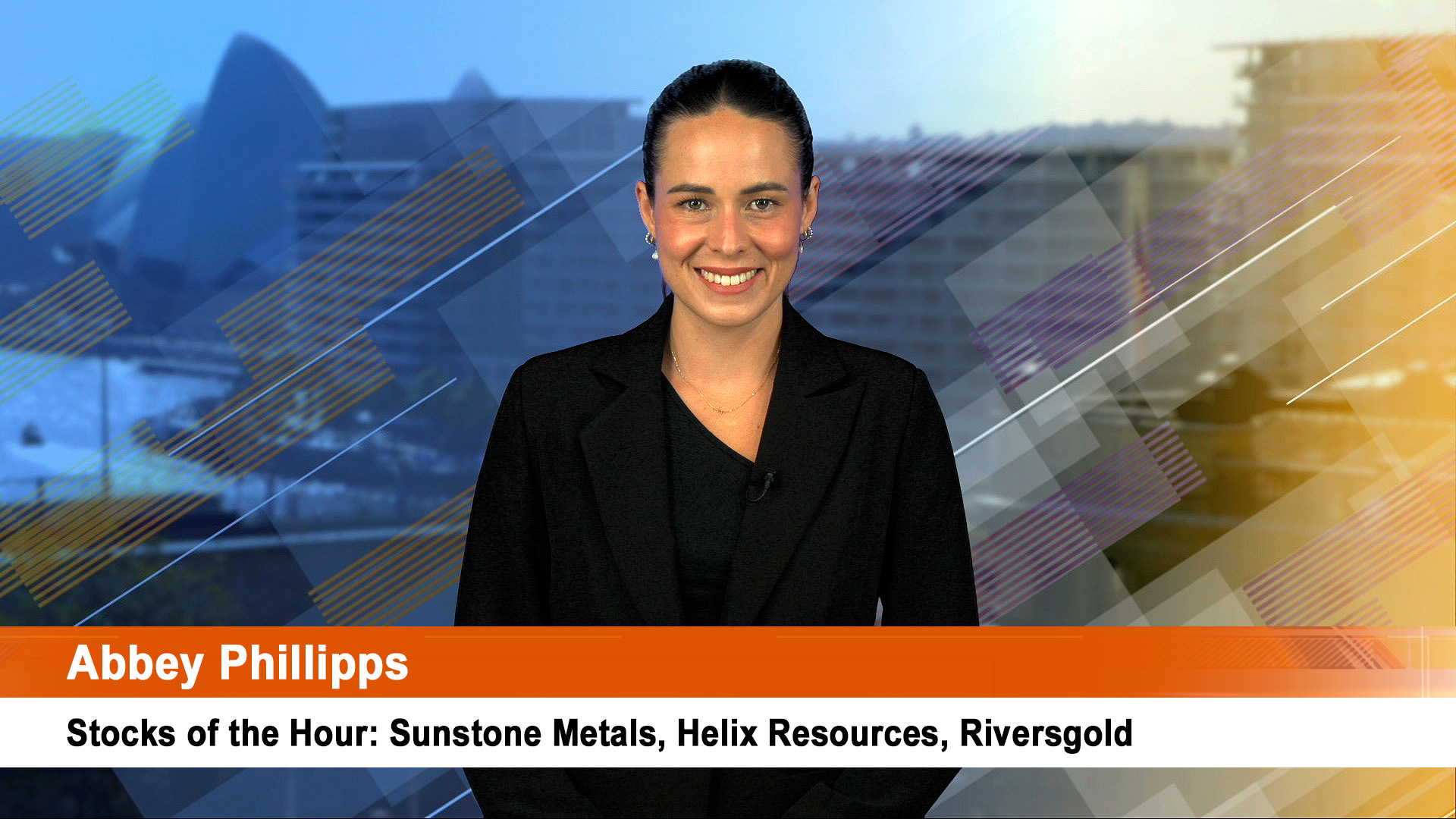The US Federal Reserve meets early next month and already we know what we can expect from the meeting.
No change on rates and no change in the use of the phrase "extended period” in the post meeting statement to refer to how long the Fed sees rates remaining at their current record lows.
Two senior Fed members, James Bullard, head of the St Louis fed, and his counterpart in Dallas, Richard Fisher, both warned that the US economy was slowing.

Mr Bullard was especially gloomy, warning of the possibility of deflation, Mr Fisher didn’t go that far, but said the economy faced "a slow slog".
Despite signs in Europe and China (See separate story) that the worst fears for slump and slide are not going to be met, the US economy continues to slide, both sideways and downwards.
There’s lots of talk the current second quarter earnings season is showing business is doing better than anyone expected, but they are all ignoring the basis for the comparison, the second quarter of 2009 when the US economy was still gripped by intense recessionary fears.
Analysts point out how well companies are doing profit wise and especially revenues.
But earnings were weak in the second quarter of 2009, and revenues fell by an average 14% on the same period of 2008.
So far this reporting season, revenues are up around 9% quarter on quarter. So revenue growth has failed to reach 2008 levels, which is when the economy was in recession.
The Beige Book for the next Fed meeting was issued this week (it’s a look at the economy in the 12 reporting districts of the Fed across the US) and it wasn’t optimistic at all.
In fact it was very guarded to pessimistic.
"Economic activity has continued to increase, on balance, since the previous survey, although the Cleveland and Kansas City Districts reported that the level of economic activity generally held steady.
"Among those Districts reporting improvements in economic activity, a number of them noted that the increases were modest, and two Districts, Atlanta and Chicago, said that the pace of economic activity had slowed recently.
"Manufacturing activity continued to expand in most Districts, although several Districts reported that activity had slowed or leveled off during the reporting period."
"Fed manufacturing reports from several districts, including Texas and the Midwest, show the sector slowing noticeably in recent weeks.
"That’s shown in a fall in durable goods orders in June, which the market forecast to be higher. It was the second monthly fall in durable goods orders (big ticket items ordered by business).
"Activity in residential real estate markets was sluggish in most Districts after the expiration of the April 30 deadline for the homebuyer tax credit. Commercial real estate markets, especially construction, remained weak."
And figures out this week from the US Census Bureau explain why the housing sector is depressed and why US consumers are cutting spending and credit.
The Bureau said that almost 19 million homes in the US were empty during the June quarter as surging foreclosures helped push ownership to the lowest level in a decade.
The Bureau said the number of vacant properties, including foreclosures, residences for sale and vacation homes, rose from 18.6 million in the same quarter of 2009.
The ownership rate, meaning households that own their own residence, was 66.9%, the lowest since 1999, down from 67.1% in the March quarter.
It hit a high of 69.2% in the final months of 2004.
The Census Bureau includes foreclosures and also tracks vacant properties under renovation or tied up in legal proceedings. There were 3.7 million empty homes in the second quarter, up from 3.5 million in the year earlier period.
There were 2 million empty homes for sale in the second quarter, up from 1.9 million a year earlier.
They would be mostly foreclosed homes, vacant and awaiting a buyers.
There were a further 1.7 million homes that were unwanted or unsaleable and not for sale.
A record 4.6% of US mortgages were in foreclosure in the first quarter, and the US Mortgage Bankers Association has estimated that the combined share of foreclosures and home loan delinquencies was 14% in the March quarter, or about one in every seven US mortgages.
This is why the figures on new US home sales and housing starts, as well as the latest case Schiller home Price Index, are not being well understood by investors, or analysts for that matter.
This week we saw a positive reaction to June new home sales, which were said to be up 24% from May’s revised (down) figure.
June’s starts were 33,000 (annual), which was the initial estimate for May. But May was cut to a record low of 267,000 (which means that if you were a punter, you’d bet on the June first estimate being cut as well).
Canadian economist, Dave Rosenberg explains:
"April new home sales were revised DOWN to a 422k annual rate from 504k when the data for the month were first released.
"You know what that means? It means that the homebuyer tax credit was even a bigger dud than we thought it was previously. No bang for the buck from these spending gimmicks.
"May new home sales were revised DOWN to 2













